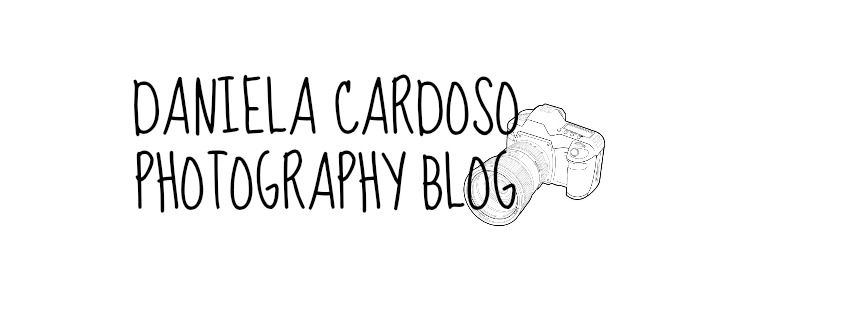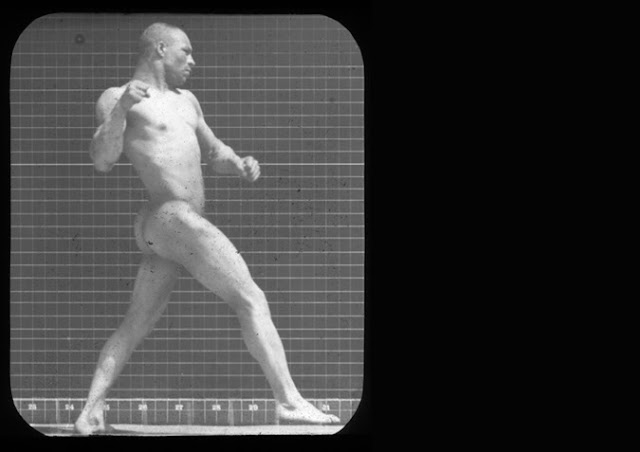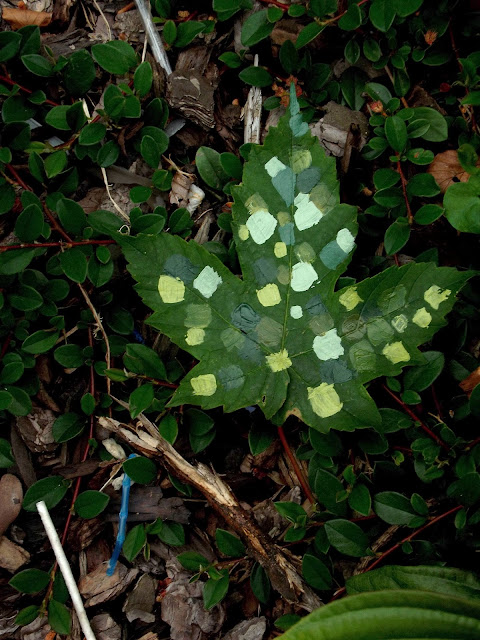The design brief for my 'Enhanced image project' was designed to teach further dark room techniques, and to encourage the exploration of enhancing images through various experimentation and new methods learnt. The theme for the project was my own chosen pathway (documentary) which I had to stick with through out the whole unit.
The outcome I produced was a form of 'installation' which I used a bin for. I used liquid emulsion to print my work onto various different pieces of 'rubbish'. I then displayed them onto a bin and took a photograph to accompany my whole installation. I chose to print my photographs onto rubbish as my photographs were all mainly taken in the more 'grittier' parts of London; what some may call the 'slums' or look at as rubbish. So I decided to play on this idea with my final piece.
The materials I used were as mentioned, the liquid emulsion which I used to print my photographs with and various different pieces of rubbish. For photograph which I mounted I mainly used the dodging and burning technique I learned at the beginning of the project. That specific technique really helped to enhance my already contrasted photographs and make them resemble that of my chosen artist, which I looked at for inspiration.
For my final outcome I researched a lot of different installation pieces and sculptures. I looked at artists such as Annette Messager for inspiration as I previously I was going to create a piece much like her hanging installations. But later I decided against it as I wanted something a little more contemporary. I also researched different types of surfaces which liquid emulsion worked best on, as I had never used it before and didn't know what to expect. There weren't many photographers that I could find using liquid emulsion, but the few that did seemed to use very light materials such as paper or thin pieces of cloth. Also very importantly I did quite a bit of research on the person who most inspired my photographs, Daido Moriyama. I looked at his different pieces of work and read some of his interviews in which he talks about his work.
To try and meet the deadline, I tried to ensure I had some form on plan in my head as to where I was trying to go with my work. I ensured I took all my photographs on time to allow me enough time to fully experiment with them. I also made sure I mad every picture count, as I did not know how many would actually turn out good enough to use in the final piece.
In general I think most parts of my process worked quite well. I thought that the dodging and burning of my photographs were quite successful and proved to be an important part of my process. Also when I finally got the the liquid emulsion to work in my favour, that too was quite successful. I got enough of the photograph so that you can make out what it is, but then I have not included all of the image to give it a more 'aged' appearance.
I think what would make my outcome a success is that everything more or less goes with each other. The is a running theme through out the whole piece and it all corresponds to one another.
In my opinion I would say I've met the brief as I experimented with most of my photographs and have learned new techniques which I can apply later on in the course. I also explored and applied these new techniques into creating a final piece by the end.
As with anything I did find some problems along the way. One of which kept happening a lot of the time is my photographs being out of focus. With this being an issue a few of the photographs which I liked could not be used due to this. Also due to the lack of time I didn't have enough time experimenting with the liquid emulsion. This resulted in me having wasted a lot of my time seeing what materials the liquid emulsion worked best on. If given more time I would definitely experiment with different materials to see which worked best with the liquid emulsion.
I learned many new skills which I hadn't before. I learned dodging and burning, vignetting, solarisation and combination printing. I had already tried solarisation before and therefore I almost improved on that.
Overall I thought my outcome was quite successful in achieving what I set out to do which was to learn and apply these new techniques which I had learned through out the course and I would say my final outcome reflects this.









.jpg)








































